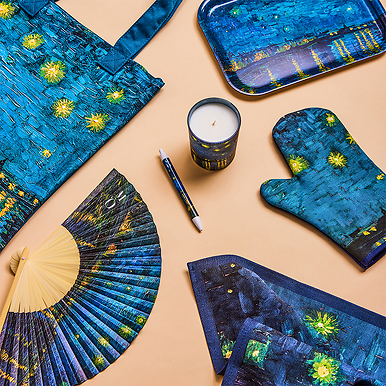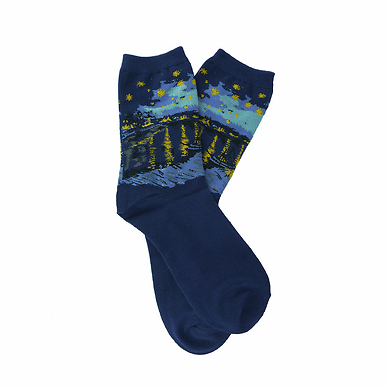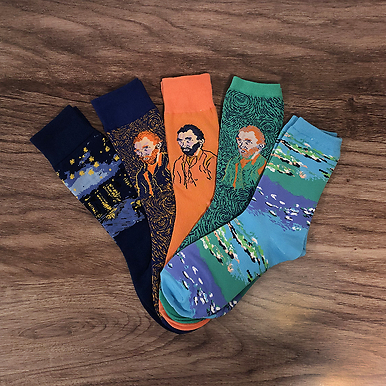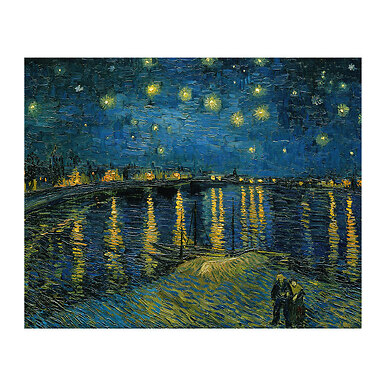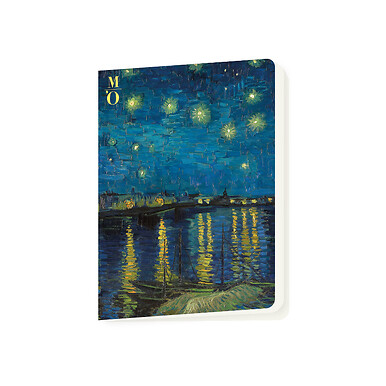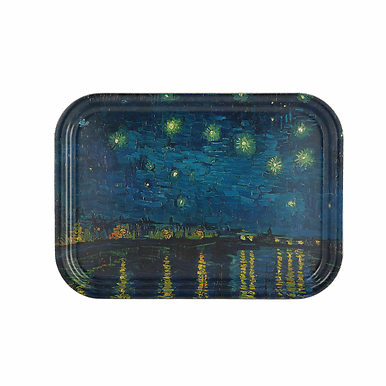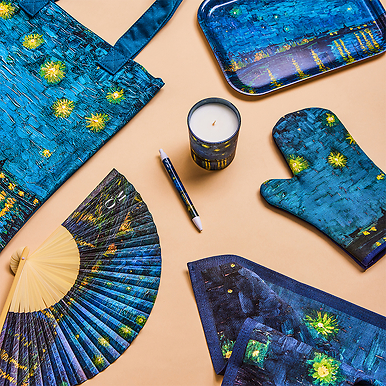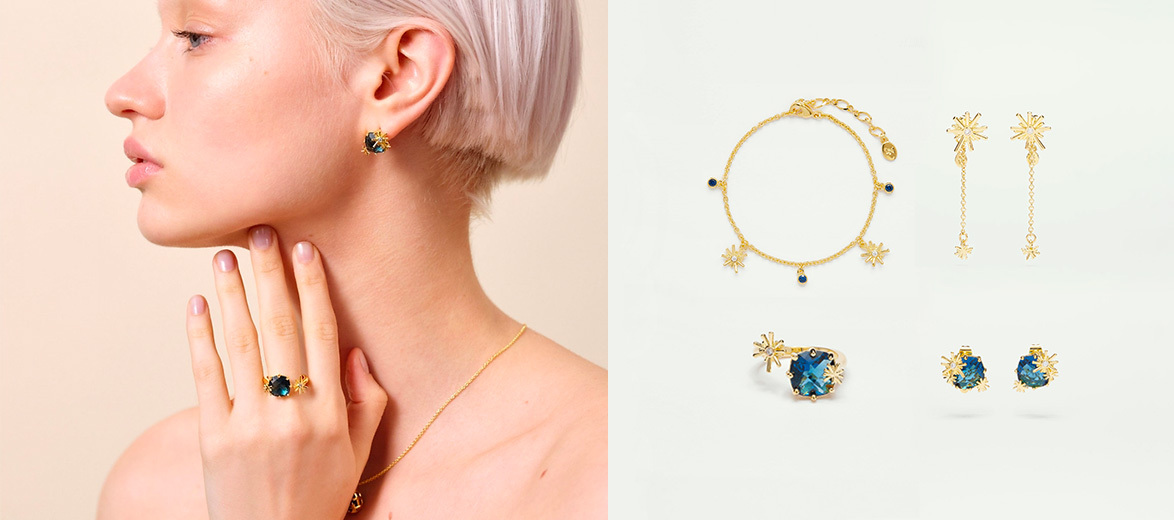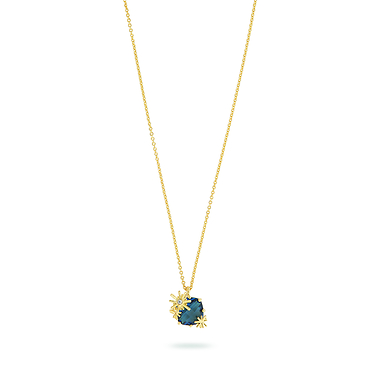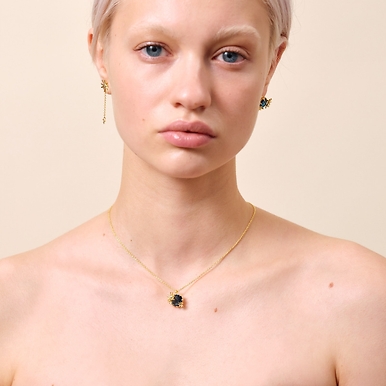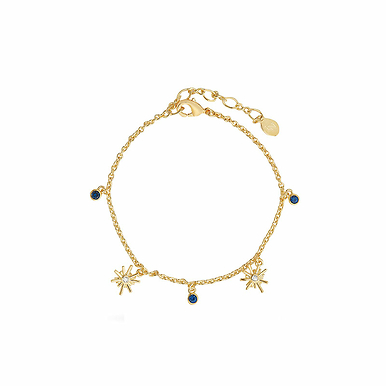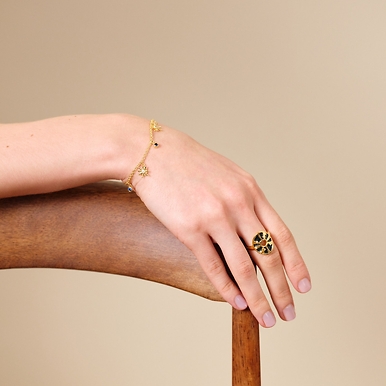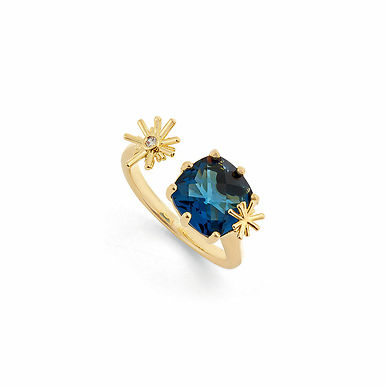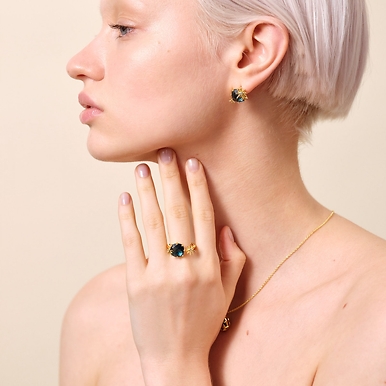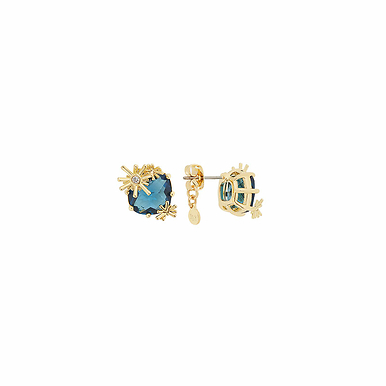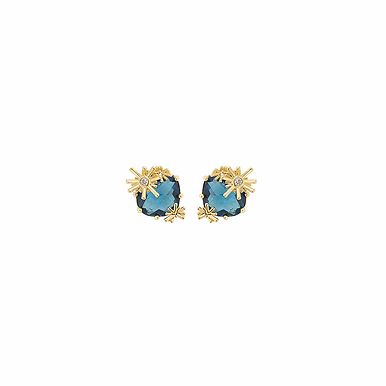The Starry Night Line by Vincent Van Gogh - Musée d'Orsay
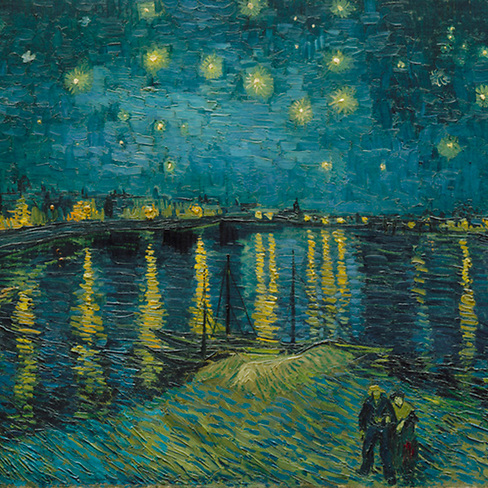
A line of accessories...
From the moment he moved to Arles in 1888, Vincent Van Gogh embarked on a singular artistic quest: the pictorial representation of 'night effects'. In April 1888, he wrote to his brother Theo: 'I need a starry night with cypress trees or, perhaps, above a field of ripe wheat'. But it was to the painter Émile Bernard that he confided, 'But when will I do the starry sky, this painting that always preoccupies me?'.
He first painted a patch of night sky in La terrasse d'un café sur la place du forum in Arles (Otterlo, Rijksmuseum Kröller-Muller). Then this view of the Rhône, in which he magnificently transcribed the colours he perceived in the darkness. Blues dominate: Prussian, ultramarine and cobalt. The city's gaslights glow an intense orange and are reflected in the water. The stars sparkle like precious stones. The presence of a couple of lovers at the bottom of the canvas reinforces the serene atmosphere of the painting in the Musée d'Orsay.
A few months later, when he had just been interned, Van Gogh painted another version of the same subject: Starry Sky (New York, MoMA), in which all the violence of his troubled psychology is expressed. The trees take the form of flames, while the sky and stars swirl in a cosmic vision.
... And jewellery
Les Néréides unveils an exclusive collaboration with the Musée d'Orsay and the GrandPalaisRmn.
Vincent Van Gogh's famous painting is brought to life here on a delicate set of jewellery in the colours of the midnight-blue waters of the Rhône. The golden touches here and there represent the reflections of light, interpreting the painting in a symbolic rather than figurative way. These are not jewels, they are invitations to dream.


